





Shopware to Hcl commerce
Migrating your store from Shopware to Hcl commerce might seem daunting, but with proper planning and the right tools, it's a smooth process. Follow this step-by-step guide to ensure a successful transition.
Schedule a call
Shopware to HCL Commerce Migration Guide
Step 1: Preparing for Migration
In this initial step, we focus on the critical preparations needed before commencing the migration from Shopware to HCL Commerce, including assessing current data, defining requirements, and creating a migration plan.
Step 2: Data Backup and Integrity Check
In this step, we emphasize the importance of backing up data and verifying its integrity before migration to prevent data loss during the transition.
Step 3: Setting Up HCL Commerce Environment
This step involves preparing the HCL Commerce environment, including selecting hosting options, configuring the system, and ensuring all necessary components are in place.
Step 4: Data Migration Process
In this step, we delve into the actual data migration process from Shopware to HCL Commerce, detailing the tools and methods for a smooth transition.
Step 5: Testing the New Environment
In this critical step, we focus on testing the new HCL Commerce environment to ensure that all functionalities work as intended and that the migration was successful.
Step 6: Launching the New Store
In this step, we prepare for the official launch of the new HCL Commerce store, ensuring all systems are ready and that marketing strategies are in place.
Step 7: Post-Migration Support and Optimization
This step focuses on providing ongoing support and optimization for the HCL Commerce platform after the launch, ensuring the platform continues to meet business needs.
Power Your Step - Get in Touch
Ready to power your ecommerce migration? Contact PowerCommerce today for expert support and guidance throughout your Shopware to HCL Commerce journey.
Step 1: Preparing for Migration
Before initiating any migration, it is essential to establish a solid foundation. In this step, we will outline the preparatory actions that ensure a seamless transition from Shopware to HCL Commerce.
The primary objective of this phase is to evaluate the existing Shopware setup, identify the data to be migrated, and establish a clear migration strategy. This proactive approach mitigates potential risks and ensures that all aspects of the migration are thoroughly considered.
- Assess Current Data: Begin by auditing the existing Shopware store. This includes inventory, customer data, order history, and any custom functionalities. Documenting this information is crucial for determining what needs to be migrated.
- Define Requirements: Identify the specific requirements for HCL Commerce that align with your business goals. This may involve evaluating new features, functionalities, or integrations that you wish to implement post-migration.
- Create a Migration Plan: Develop a detailed migration plan that outlines timelines, responsibilities, and the tools or methods to be used for the migration process. This plan should also address potential downtime and communication strategies with stakeholders.
Technical considerations during this phase include ensuring compatibility between data formats and identifying any necessary data transformation processes. It is advisable to engage with technical teams or migration experts to assess the feasibility of the planned migration.
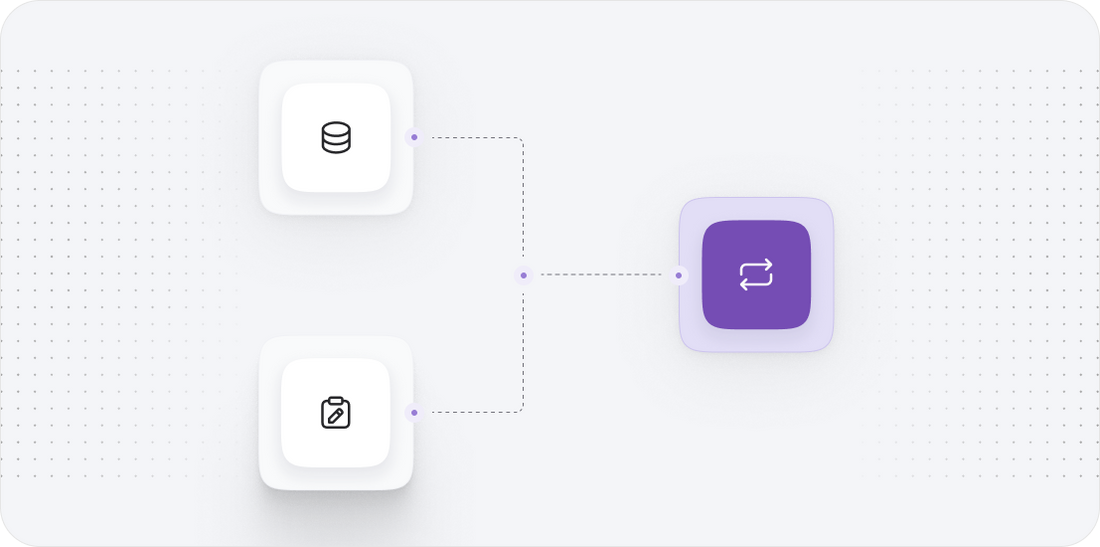
Step 2: Data Backup and Integrity Check
Data integrity is a cornerstone of successful migrations. In this step, we will focus on creating robust backups and ensuring that all data is accurate and recoverable.
Firstly, we will create a complete backup of your Shopware store. This backup should include all critical components such as:
- Database: Export the database, ensuring that all tables containing products, customers, and orders are included.
- Media Files: Backup any media files associated with your products or website content. This includes images and downloadable resources.
- Configuration Files: Save any custom configuration files that may be essential for reconstructing the Shopware environment post-migration.
After creating the backup, we will conduct an integrity check to ensure that the data is complete and accurate. This includes:
- Verifying that all data has been exported correctly and is accessible.
- Checking for any anomalies or discrepancies in the data.
By performing these checks, we can ensure that we have a reliable fallback option should any issues arise during the migration process.
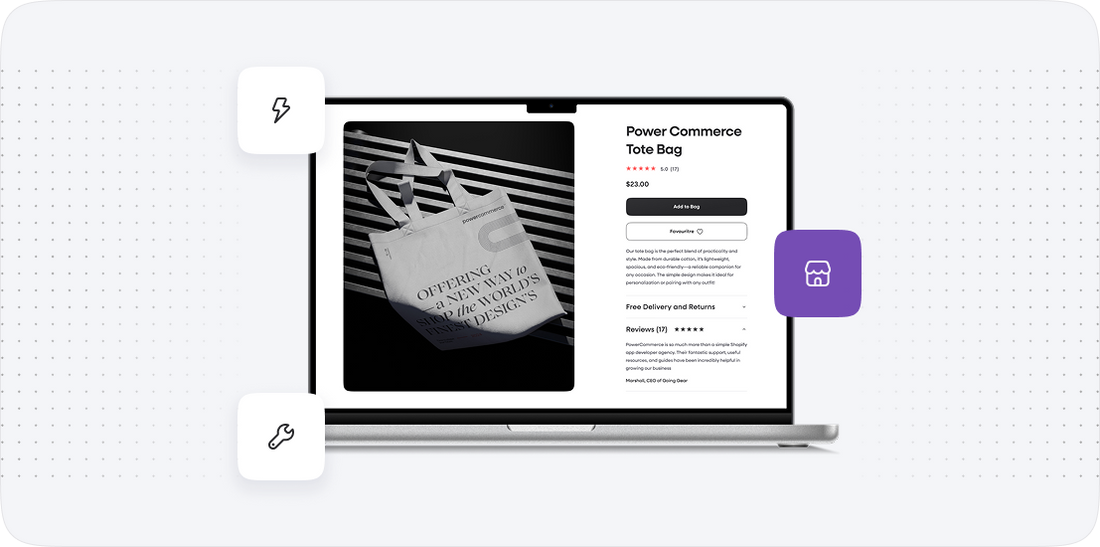
Step 3: Setting Up HCL Commerce Environment
Setting up the HCL Commerce environment is a crucial step that lays the groundwork for a successful migration. In this phase, we will focus on configuring the new platform to accommodate your business needs.
Begin by selecting your hosting option for HCL Commerce. You can choose between cloud-based or on-premises solutions, depending on your business requirements and scalability ambitions. This decision should consider factors such as:
- Performance: Ensure that the chosen hosting option can handle expected traffic and transaction loads.
- Scalability: Choose a solution that allows for easy scaling as your business grows.
- Security: Select a hosting provider that offers robust security measures to protect your data.
Next, proceed with the installation of HCL Commerce. Follow the detailed installation instructions provided by HCL, ensuring that all system prerequisites are met. This includes:
- Setting up the database and ensuring it is optimized for performance.
- Configuring the application server settings to align with best practices.
- Ensuring that any necessary integrations (e.g., payment gateways, shipping providers) are in place.
After the initial setup, conduct a thorough testing phase to confirm that all components are functioning correctly. This includes running functional tests on the installed features, ensuring that you are ready to proceed with the migration of data.
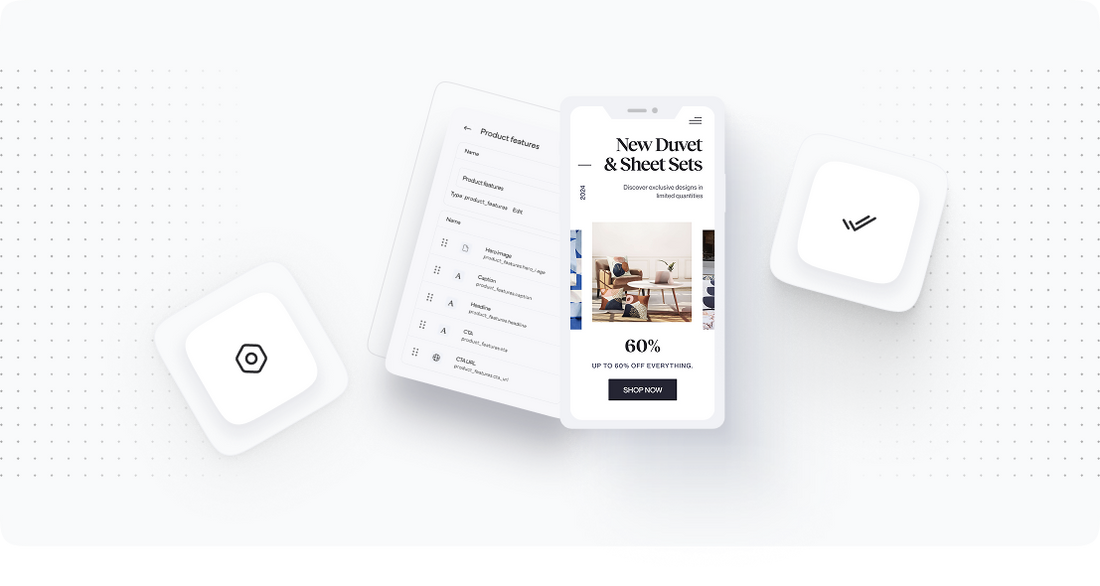
Step 4: Data Migration Process
With the environment set up and backups in place, we can now focus on the migration of data from Shopware to HCL Commerce. This step is paramount as it involves transferring critical business information while ensuring data integrity and continuity.
To begin the data migration process, we will utilize migration tools that facilitate the transfer of data between platforms. Some commonly used tools include:
- Custom Scripts: Developing custom scripts to extract data from the Shopware database and transform it into a format compatible with HCL Commerce.
- Third-Party Migration Tools: Exploring available tools specifically designed for ecommerce migrations, which can simplify the data transfer process.
Follow these steps for a successful migration:
- Export Data from Shopware: Using your chosen method, export data from Shopware, ensuring that all relevant entities (products, categories, customers, orders) are included.
- Transform Data: Format the exported data to meet HCL Commerce specifications. This may involve adjusting data structures, renaming fields, or converting formats.
- Import Data to HCL Commerce: Utilize HCL Commerce’s import functionalities to upload the transformed data. Monitor the process closely for any errors or issues.
Once the migration is complete, perform a validation check to ensure that all data has been transferred accurately. This includes verifying product listings, customer accounts, and order histories.
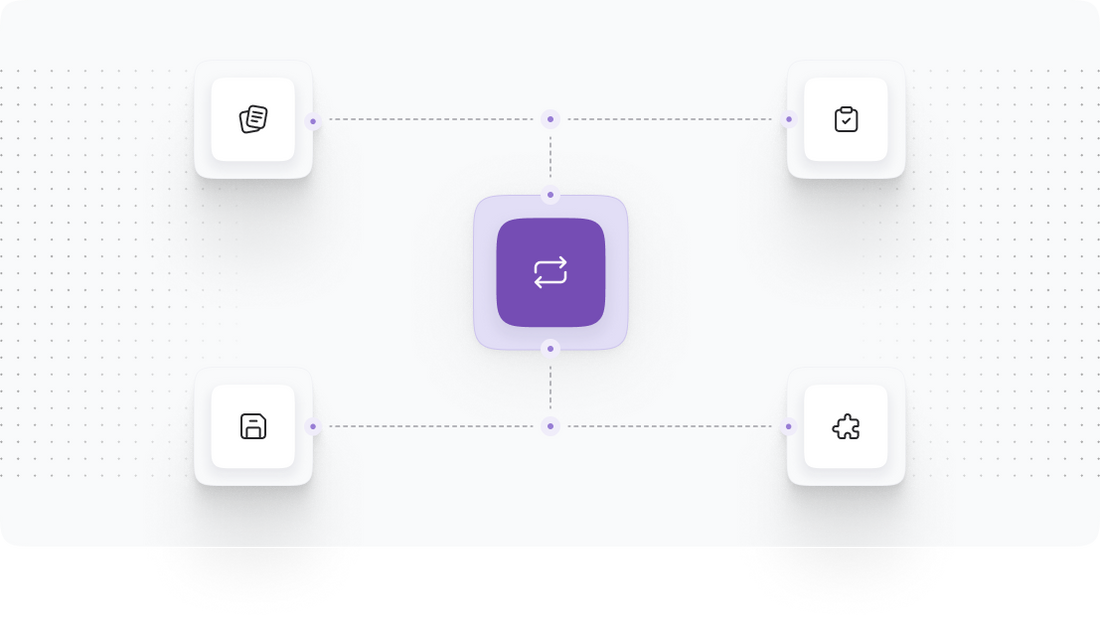
Step 5: Testing the New Environment
Testing is a vital aspect of the migration process. After transferring data to HCL Commerce, we must ensure that the new environment operates seamlessly and meets all business requirements.
Begin with a comprehensive functional testing phase:
- Verify Data Integrity: Ensure that all migrated data is present, accurate, and accessible. Cross-check against the original data in Shopware to confirm.
- Test User Experience: Conduct user testing to assess the new site’s functionality, navigation, and overall user experience. This includes testing product searches, checkout processes, and customer account management.
- Performance Testing: Evaluate the site’s performance under load. Simulate traffic to ensure that HCL Commerce can handle peak usage without issues.
In addition to functional testing, it is crucial to perform security tests:
- Check that data encryption is functioning as intended.
- Conduct vulnerability scans to identify potential security weaknesses.
- Verify compliance with necessary regulations, such as GDPR.
Document all findings and address any issues identified during testing. This proactive approach ensures that you can launch with confidence, knowing that your new platform is fully operational and secure.
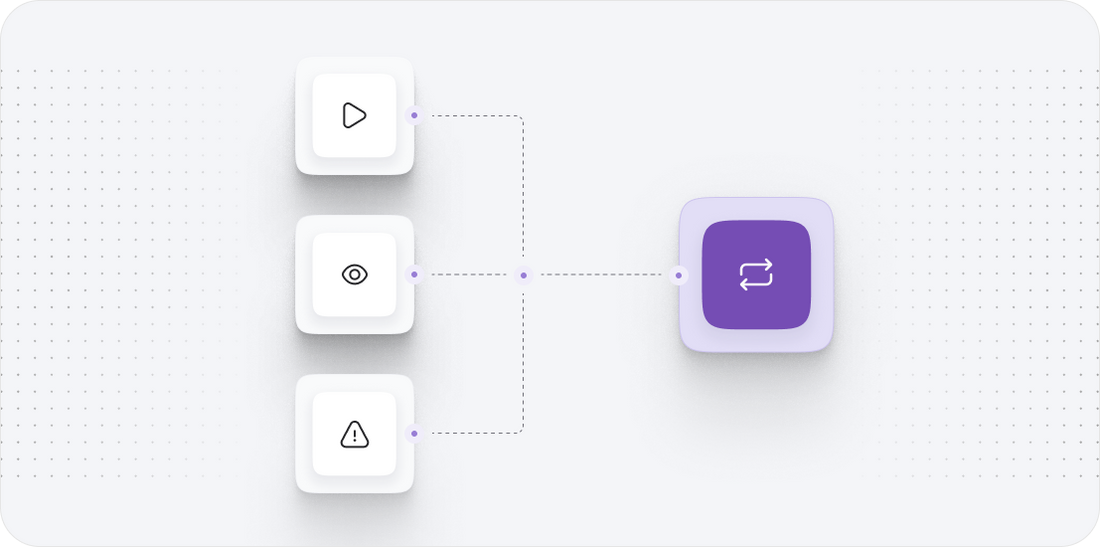
Step 6: Launching the New Store
The final phase of the migration process involves launching the new HCL Commerce store. This step requires careful planning and execution to ensure a smooth transition from the old system to the new one.
Prior to launch, we will conduct a final review of the entire HCL Commerce setup:
- Final Data Check: Confirm that all data is intact, products are correctly displayed, and customer accounts have been migrated without issues.
- Review Site Functionality: Test all site functionalities one last time, ensuring that payment gateways, shipping methods, and customer service integrations are operational.
- Prepare for Go-Live: Schedule the launch during a low-traffic period to minimize disruptions. Communicate the launch date to stakeholders and prepare for customer inquiries.
In conjunction with the launch, it’s essential to implement marketing strategies to inform your existing customer base about the new store. This can include:
- Email campaigns highlighting new features and improvements.
- Promotional offers to encourage returning customers to engage with the new platform.
- Social media announcements to generate buzz around the launch.
Once everything is in place, initiate the launch and monitor the site closely for any immediate issues. Be prepared to address any customer concerns and provide support during the transition.
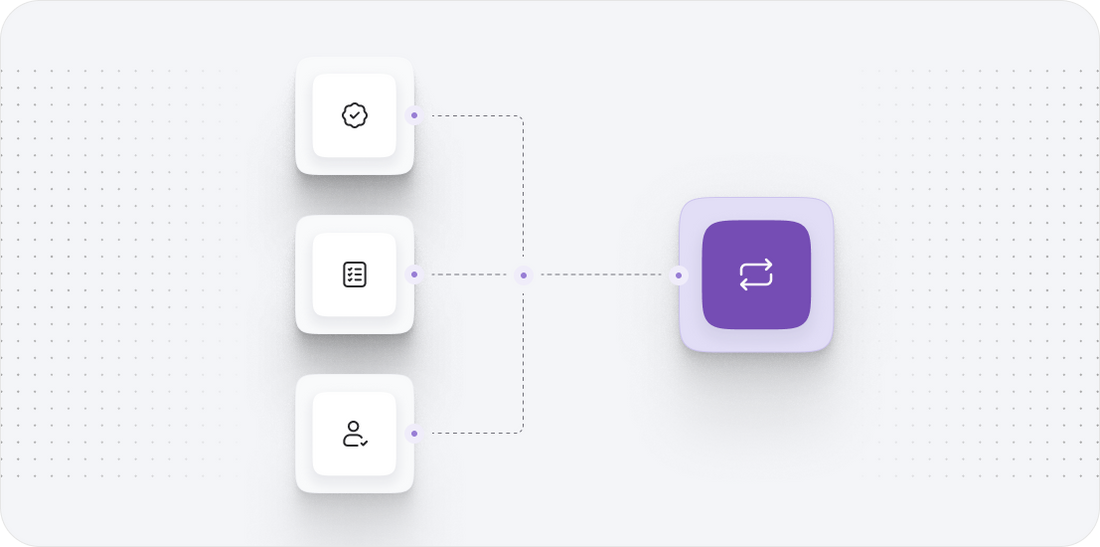
Step 7: Post-Migration Support and Optimization
After successfully launching the new HCL Commerce store, it is crucial to implement a plan for post-migration support and optimization. This ensures that your platform remains efficient and continues to evolve with your business needs.
Begin by establishing a support structure:
- Technical Support: Have a dedicated technical support team available to address any post-launch issues quickly.
- Customer Feedback: Actively seek feedback from customers regarding their experience on the new platform. Use surveys or direct communication to gather insights.
Following the initial support phase, focus on optimizing the platform:
- Analyze Performance Metrics: Use analytics tools to monitor key performance indicators such as site speed, conversion rates, and customer behavior.
- Implement Continuous Improvements: Based on the data collected, identify areas for improvement and implement changes to enhance user experience.
- Regular Updates: Schedule regular updates for the platform to ensure security patches and new features are applied promptly.
The goal of this step is to maintain a high-performing, secure, and user-friendly ecommerce platform that can adapt to changing market conditions and customer expectations.
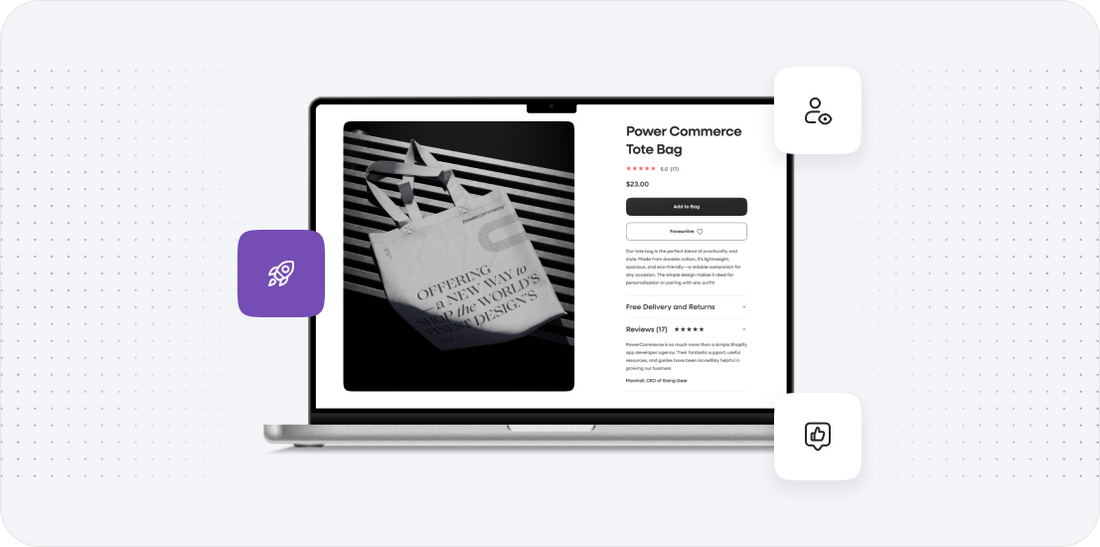
Power Your Step - Get in Touch
Making the transition from one ecommerce platform to another is a significant step, and at PowerCommerce, we are here to ensure that your migration from Shopware to HCL Commerce is as smooth and efficient as possible.
Our team of experts brings over 15 years of industry experience, providing you with the knowledge and tools necessary for a successful migration. We focus on data integrity, system compatibility, and optimizing your new platform to drive growth and enhance performance.
Contact us today!
- Visit our contact page: PowerCommerce Contact
- Call us at: 800-099-9090
- Email us at: info@powercommerce.com
Let us help you power your ecommerce journey!
Stay aligned on what's happening in the commerce world
Trusted by 1000+ innovative companies worldwide
Schedule Your Migration Today
For businesses prioritizing simplicity, scalability, and robust support, Shopify is the clear winner.
Looking to migrate without hassle? Power Commerce can handle the entire process, ensuring smooth data transfer, store setup, and post-launch success.
Marka Marulića 2, Sarajevo, 71000 BiH
00387 60 345 5801
info@powercommerce.com


